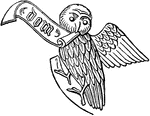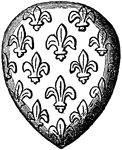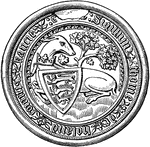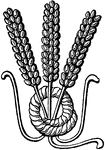
Badge of Abbot John de Wheathamstede
The heraldic badge of Abbot John de Wheathamstede. This badge has a rebus, or a visual pun representing…
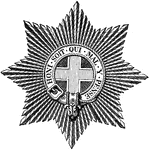
Star of the Order of the Garter
"The Star is the badge, first ordered by Charles I. The rays are of silver or diamonds. The star is…
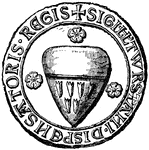
Seal of Thurstan
The heraldic seal of the archbishop of York, who worked under kings William II of England and Henry…
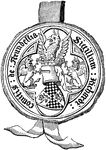
Seal of Richard, Earl of Arundel
"The Seal of Richard, Earl of Arundel, bears his achievement of arms. The supporters, crest, helm, etc.,…
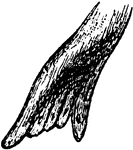
Foot of Seal
"Foot of the seal, which opens and closes in the act of natation, the organ being folded upon itself…

The Seal
"The seal, adapted principally for water. The extremities are larger than in the porpoise and manatee."—Pettigrew,…

The Turtle
"The turtle, adapted for swimming and diving, the extremities being relatively larger than in the seal,…

Branch of Garry Oak
Also known as Quercus garryana. The branch of a Garry Oak tree, native from southern California to southwestern…

Anthurium Crystallinum
Anthurium Crystallinum has large, heart shaped leaves. The leaves are a rich, velvety green and the…

Flower of Masdevallia Ignea
The flower of masdevallia ignea is bright fiery red and deeply shaded with crimson or violet rose. Each…

Abronia Umbellata
Pictured is abronia umbellata. The common name of abronia is sand verbena. The umbellata variety has…

Cyathea Meridensis
Cyathea meridensis is a tree fern. It is native to Columbia. The segments are scaly on the ribs beneath.
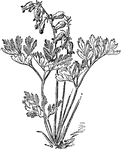
Dicentra Formosa
Dicentra formosa is native from central California to British Columbia. The flowers are rose purple…
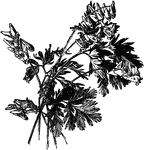
Dutchman's Breeches
Dutchman's breeches is the common name of dicentra cucullaria. The flowers are white tipped with creamy…
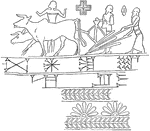
Babylonian Seal Impression
Pictured are men plowing a sowing. This illustration is from a Babylonian seal impression from the 14th…

Black Tea District Scene
An engraved scene of the Black Tea District in Bohea, famous for its distinctive tea.

Human Leg (Front View), and Comparative Diagrams showing Modifications of the Leg
This illustration shows a human leg (front view), and comparative diagrams showing modifications of…

Leg of Seal
This illustration shows the leg of a seal. P. Pelvis, FE. Femur, TI. Tibia, FI. Fibula, TA. Tarsus,…

Puma
The puma, also known as the cougar, panther, or mountain lion (Felis concolor) , is a large American…

Elephant Seal on a Rock
"The seal Macrorhinus elephantinus or proboscideus, or Morunga proboscidea. It is the largest of the…

Seal Swimming up to an Igloo
Illustration of the entrance of an igloo, built out of ice, partially underwater. A seal is swimming…

Leopard Seal
Leptonychotes weddelli. "A spotted seal of the southern and antarctic seas, belonging to the family…

Seal Press
"A press or stamp bearing dies on its jaws, or a die and a bed, for imprinting or embossing any device…

Skippet - Open Box with a Seal Inside
"A circular box used for covering and protecting a seal. Old documents were commonly sealed by means…
